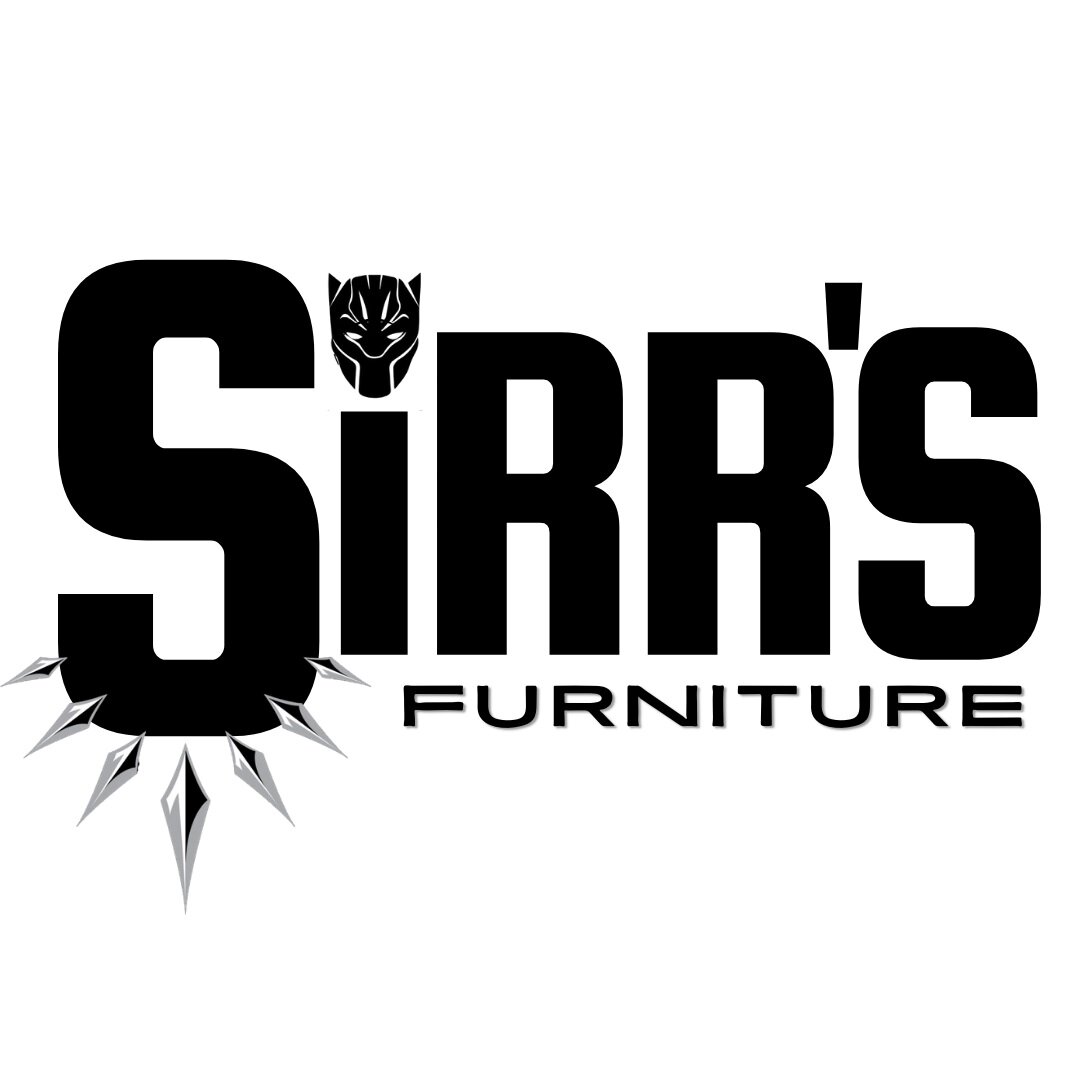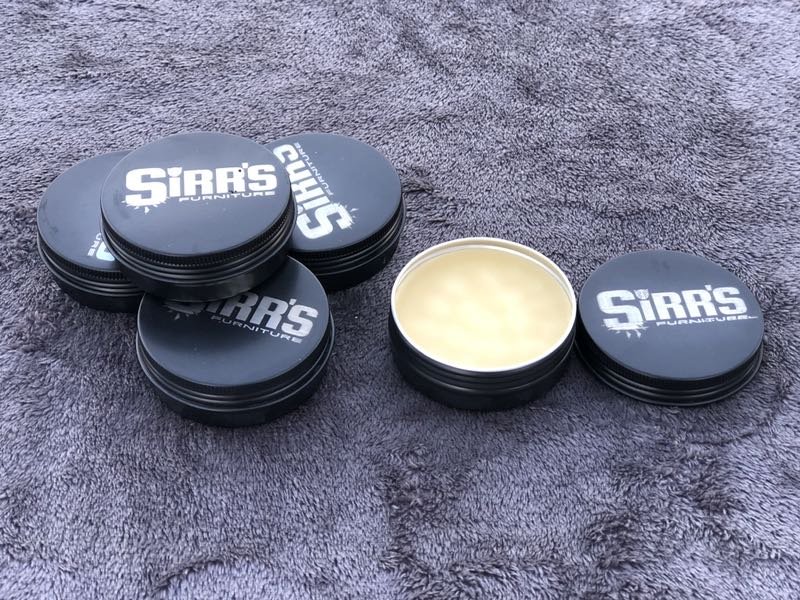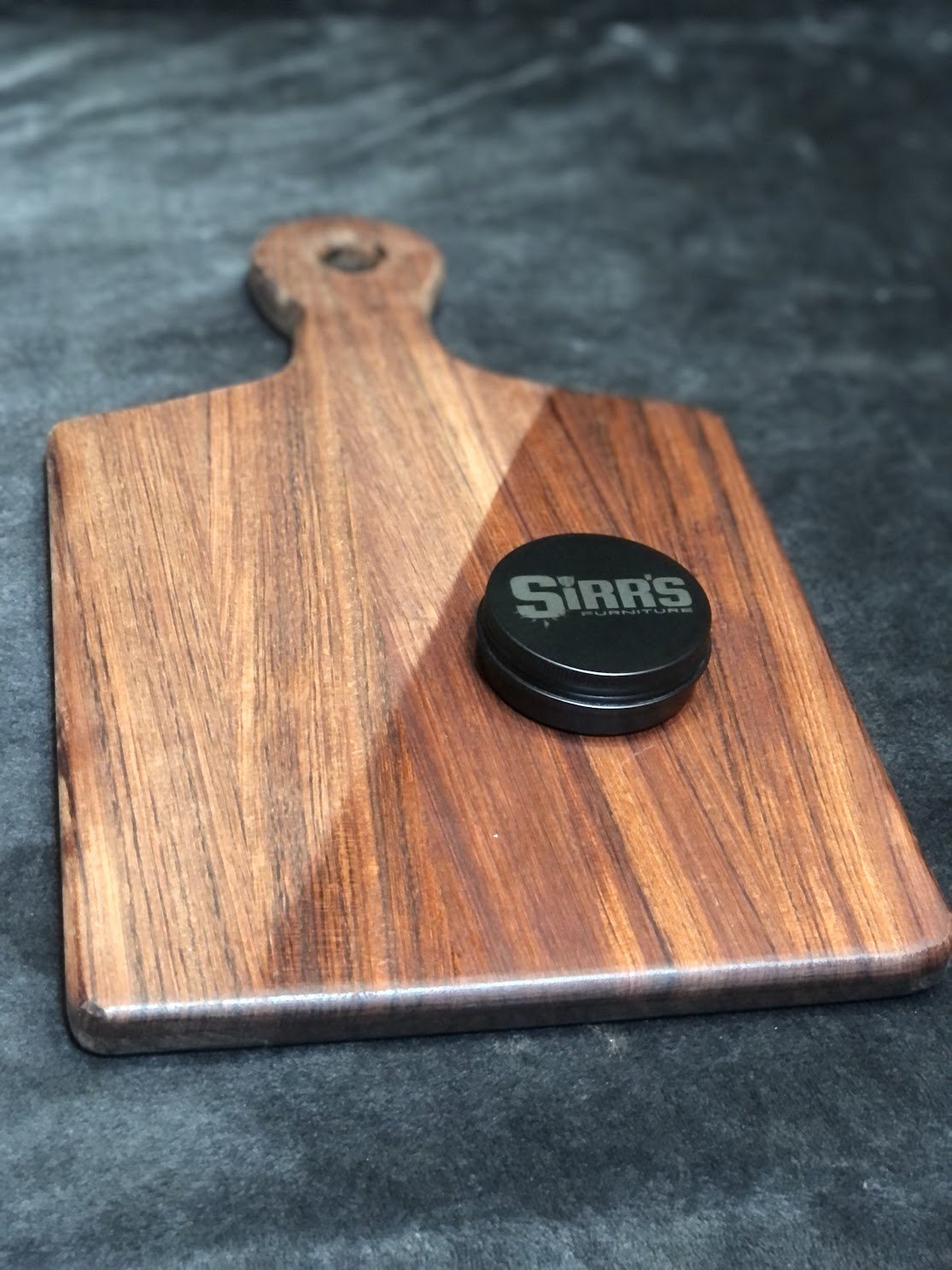Wooden cutting boards offer a number of compelling advantages over cheap plastic cutting boards. Not only are they easier on the eyes, but they also last longer, are more sanitary, and even “heal” themselves of cut marks.
In order to keep your wooden board in the best possible shape, though, it’s important to care for it and maintain in properly. Otherwise, it can get dry, brittle, and cracked over time.
The solution to this problem is board butter. What is board butter, exactly, and how should you use it?
Let’s take a look at everything you need to know.
What Is Board Butter?
Board butter, also sometimes referred to as board conditioner or spoon butter, is a concoction primarily made up of beeswax and mineral oil. Ideal for the care and conditioning of all of the wooden items in your kitchen, you can use board butter on wooden cutting boards, spoons, bowls, and spatulas.
What Are the Benefits of Using Board Butter on Your Cutting Board?
When you condition your cutting board with board butter, it helps to preserve their integrity and durability while also restoring the wood’s natural brilliance. If you take good care of your wooden cutting board, it can last for decades!
Board Butter Prevents Cracking and Warping
You’ve likely noticed that your cutting board starts to look a bit dry after you’ve used it and washed it a few times. Over time, cutting boards (and other wooden kitchen items) can become brittle and crack without proper conditioning.
Regular application of board butter will moisturize your board, making it less likely to crack or warp.
Board Butter Protects Your Wooden Kitchen Tools From Moisture, Odors, and Staining
Board butter both moisturizes your board and protects your board from unwanted moisture. At the same time, conditioning in this way also prevents the board from absorbing strong odors and staining.
Board Butter Helps You Maintain a Clean and Healthy Cooking Environment
One misconception about wooden cutting boards is that they aren’t as sanitary as plastic cutting boards.
Actually, though, studies have found that plastic cutting boards actually retain more bacteria than wooden ones. Even though wooden cutting boards aren’t as easy to sanitize as plastic boards and you can’t just throw them in the dishwasher, wood is a naturally anti-microbial material.
The crevices made in wood boards are also quite a bit deeper than those made in plastic boards, meaning that plastic boards leave potentially harmful bacteria closer to the surface of the board and therefore make it more likely to contaminate your food. If bacteria falls into the cracks of a wooden cutting board, on the other hand, they’re pulled down by the grain’s capillary action and are killed as the board dries.
Even though wood is naturally anti-microbial, you can help to keep your cutting board even more sanitary by keeping your board conditioned with board butter. By creating a layer of protection on your cutting board, board butter helps to keep bacteria and unwanted microbes at bay.
Apply board butter to your cutting board whenever it’s looking dull or dry to restore its natural brilliance and prolong its life
How Do You Use Board Butter?
Before you start applying board butter to your cutting board, make sure that it is both clean and dry. It’s important that you always hand wash your cutting board with just soap and water. Wooden kitchen objects should never be put in the dishwasher or submerged in water, as this can lead to warping.
Then, take about a tablespoon of board butter and rub it all over the wood surface of your cutting board. Depending on the size of your cutting board, you might find a little more or less conditioner works best.
Once you have sufficiently buttered your board, let it sit overnight. Any conditioner that hasn’t soaked in the next day you can buff off using a cloth or a paper towel. The final product will be moisturized and satiny but not greasy.
How Often Should You Condition Your Cutting Board?
The frequency with which you should use board butter depends on a number of variables. The type of wood, the environment where you’re storing the board, and how often you use it are all important factors.
If you’d like to have a set schedule for conditioning your board, a good place to start is every other week or once a month. Another approach is to use board butter whenever the cutting board is looking dry and dull.
You can tell if the wood is sufficiently conditioned by dropping a tiny bit of water on the wood. If the water soaks into the wood or disperses, it’s time to apply board butter. If it beads up, then the board is still adequately conditioned.
What Is Board Butter Made Out Of?
Board butter is typically made out of beeswax and mineral oil. At Sirr’s, I use locally-sourced beeswax, mineral oil, and natural oils to add a subtle and pleasant aroma to create our one-of-a-kind board butter. Anytime your wooden cutting board is looking dull or dry, you can apply a coat of board butter to ensure that your board is in tip-top-shape for years to come.
Is It Time for You to Butter Your Board?
Investing in a handmade wooden cutting board can be a great way to take your cooking sessions to the next level. Despite all of the materials advancements that humans have made over the last century or so, wooden kitchen tools like cutting boards, spoons, salad bowls, and knife handles have stood the test of time. Not only that, but top chefs like Gordon Ramsay and Jamie Oliver prefer using wooden cutting boards over the alternatives.
Whether you are buying a brand new board or your trusty wooden cutting board is in need of some TLC, board butter is an essential tool in your arsenal. Head over to our shop to check out our handmade board butter today!



